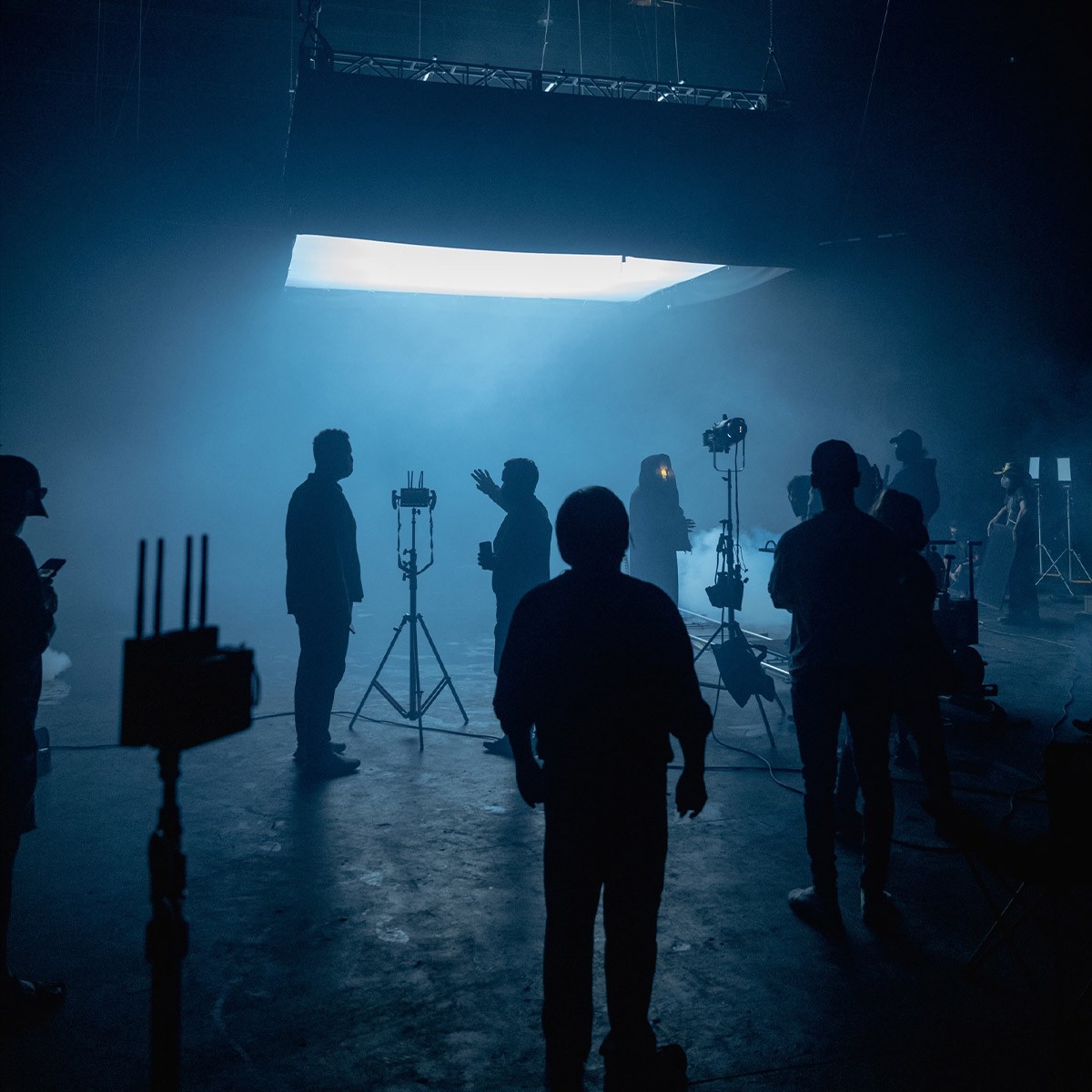Art Department
Film Crew Position: Additional Art

What does a Additional Art do?
The position of Additional Art in the Art Department of a film production refers to personnel who are brought on to supplement the core art team. These individuals are typically involved in creating, refining, or implementing visual elements within a film's setting. While not always as prominent as the lead production designer or art director, their contributions play a valuable role in enhancing the aesthetic and atmosphere of the cinematic world. Additional Art crew members often work on tasks such as set dressing, prop making, and assisting in the overall visual continuity of a production.
What role does a Additional Art play?
In the role of Additional Art, individuals are tasked with collaborating closely with the primary art department staff to fulfill the visual requirements of a film project. Their responsibilities may range from constructing set pieces to sourcing materials for scenes, or even providing on-the-spot creative solutions to unforeseen challenges. Additional Art staff need to be flexible, resourceful, and capable of maintaining the artistic vision under the guidance of the art director or production designer. They ensure that every visual element aligns with the narrative and stylistic goals of the project.
Do you need to go to college to be a Additional Art?
While a college degree is not always mandatory for a position in Additional Art, having formal education in fields such as fine arts, scenic design, or film studies can be advantageous. It demonstrates a foundational understanding of visual principles and the filmmaking process. However, the film industry often places significant value on practical experience and a demonstration of skill. As such, a robust portfolio, apprenticeships, or previous work on smaller productions can serve as critical entry points into the role.
What skills do you need to be a Additional Art?
A successful Additional Art crew member possesses a diverse set of skills that enable them to address the varied demands of film production. Creative problem-solving is key, as well as proficiency in using design software and a range of art-making tools. Strong communication and teamwork abilities are essential to effectively collaborate with other departments. An eye for detail and an understanding of color, texture, and space are crucial for ensuring that all art elements seamlessly integrate into the film's visual narrative. Time management and adaptability are also important, given the fast-paced and often dynamic nature of film sets.
New to filmmaking?
Get Free Template
Use our budget template to get a kick start on your film project. Get access to dozens of templates no matter what type of project!
